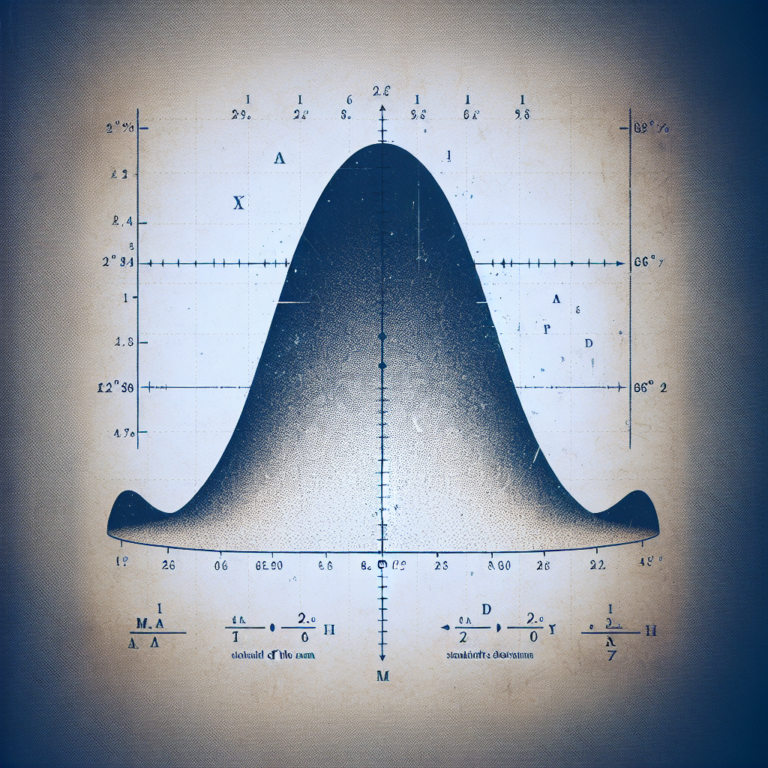Conducting a case control study is an important research method in the field of medical statistics. At StatisMed, we understand the significance of gathering accurate data to help medical professionals make informed decisions. In this article, we will guide you through the process of conducting a case control study step by step.
Understanding Case Control Studies
Before diving into the details of conducting a case control study, it’s essential to understand what it entails. A case control study is a type of observational study that looks back in time to compare individuals who have a specific outcome (cases) with those who do not have the outcome (controls). This study design is often used to investigate the association between exposure to certain risk factors and the development of a particular disease.
Step 1: Define the Research Question
The first step in conducting a case control study is to clearly define the research question. This involves identifying the specific outcome or disease of interest and determining the key variables that need to be measured.
Step 2: Select Cases and Controls
Once the research question is defined, the next step is to select appropriate cases and controls for the study. Cases are individuals who have the specific outcome or disease being investigated, while controls are individuals who do not have the outcome. It is crucial to ensure that the cases and controls are well-matched to minimize bias.
Step 3: Collect Data
Data collection is a critical aspect of conducting a case control study. This involves gathering information on exposure to potential risk factors from both cases and controls. The data collected should be accurate and reliable to ensure the validity of the study results.
Step 4: Analyze the Data
After collecting the data, the next step is to analyze it to determine the association between the exposure variables and the outcome of interest. Statistical methods are used to assess the strength of the association and identify any potential confounding factors that need to be accounted for.
Step 5: Interpret the Results
Once the data analysis is complete, the final step is to interpret the results of the study. This involves drawing conclusions based on the findings and discussing the implications for clinical practice or further research.
Conclusion
Conducting a case control study requires careful planning and attention to detail. By following the step-by-step instructions outlined in this article, you can ensure that your study is conducted effectively and produces meaningful results. At StatisMed, we are dedicated to providing statistical analysis services to support medical professionals in their research endeavors. If you need assistance with conducting a case control study or any other statistical analysis, feel free to contact us for more information.
[ad_2]




